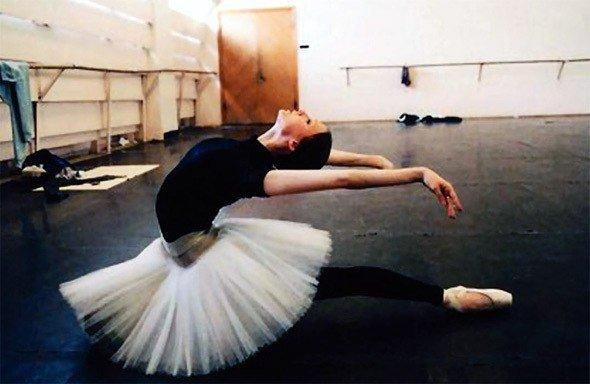804
What you need to know about flexibility.

Mobility provide body joints. Some of them have a lot on the nature of the direction of movement.
The first myth.
"The flexibility depends entirely on the nature of data: some soft and some wood, and essentially it can not be changed." Natural details really matter. In some people, the joints more mobile, and it is easier to bend, bend, twist his legs in different positions. It is on this principle, and select children section gymnastics. When it comes to the development of extreme body postures as soon as possible, we need certain inclinations, or the person just can not cope. But if we are not talking about professional gymnastics, natural data is not so important. Normal physiological flexibility - the ability to lean forward with a straight back without discomfort, more or less deeply bend and twist, sit on the floor with legs crossed. It is available to anyone who regularly deals with stretching.
The second myth.
"After thirty stretching engaged useless and even harmful. Result not get just got injured. " Yes, as a child, almost all soft and flexible. Kids easily put your palms on the floor of the slope, stand on the bridge, and with age it somewhere disappears. The fact that small children cartilage more than bone, so it is easier to bend. In addition, the kids all the time run, jump, twirl, squat and rise. The joints are constantly working, and their mobility is maintained in a natural way. With age, the increasing number of cartilage is replaced by bone, but if you move a lot, our flexibility will remain with us. Of course, the movement of the movement are different. The older a person is, the less it seemed to him like a shock running and jumping, and the more attention it is given to activities such as yoga, Pilates and martial arts. But even if you did not get up for ten years from the computer, you should not think that all is lost. On the contrary, urgently needs to start doing that is not zakostenet. This should be done very cautiously, carefully and without the pursuit of quick results. The body gradually wakes up, and the mobility is restored.
The third myth.
"The more intense you pull, the faster rastyanesh, and in general, stretch marks without pain does not happen." Thanks draconian approach to stretching in the Soviet sports sections such opinion still exists. To get rid of this stereotype, it is necessary to understand: what, in fact, provides the flexibility - the muscles or ligaments? Anatomically, the muscle can not stretch. They can only be reduced to give the nerve impulses, and relax when no pulse. Whatever you may perform asanas make muscles longer than they are, it will not turn. Up to a certain point, you can stretch the ligaments, but is above the norm - and they're injured. Mobility provide body joints. Some of them have naturally set directions of movement, particularly the hip and shoulder. Others are more limited in movement, such as knee and elbow. Regular practice of hatha yoga to maintain and even improve the natural mobility of the joints. Furthermore, they strengthen the muscles, and harder than the muscular system, the more joints are protected from injury and degradation. That is why the correct development of flexibility should be no sudden flapping movements that injure ligaments and joints wear out. Also, do not take too deep position, to which the body is not yet ready. In no case can not tolerate strong and sharp pain, allowed only light a nagging pain. And whatever you mastered - twine, lotus or twist - spine should be stretched and unstressed. Also, you should always keep the bandha: they make the body more focused, whole and protect the most fragile parts of the spine - cervical and lumbar.
I should add that in the practice of hatha yoga we sometimes too keen on the physical side of the question: I want to quickly get into the splits, with his legs behind his head ... to rejoice the achievements of your body naturally, but do not forget that the main goal of yoga is not to develop flexibility , strength or agility. Yoga - this is, above all, self-observation and improvement of the individual through the development of awareness. This approach allows you to keep the harmony of the physical and spiritual, to prevent injuries and to make progress.
























